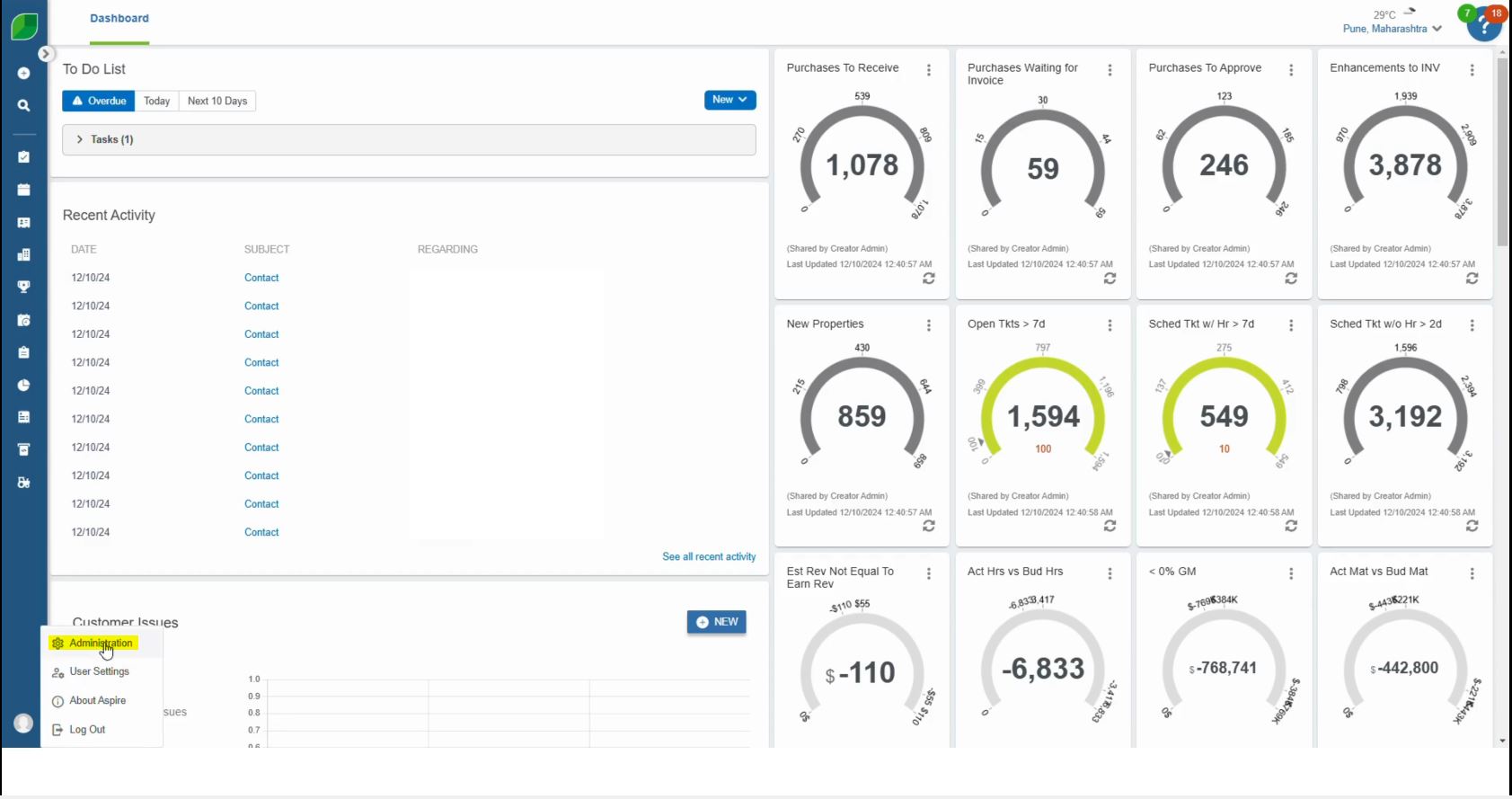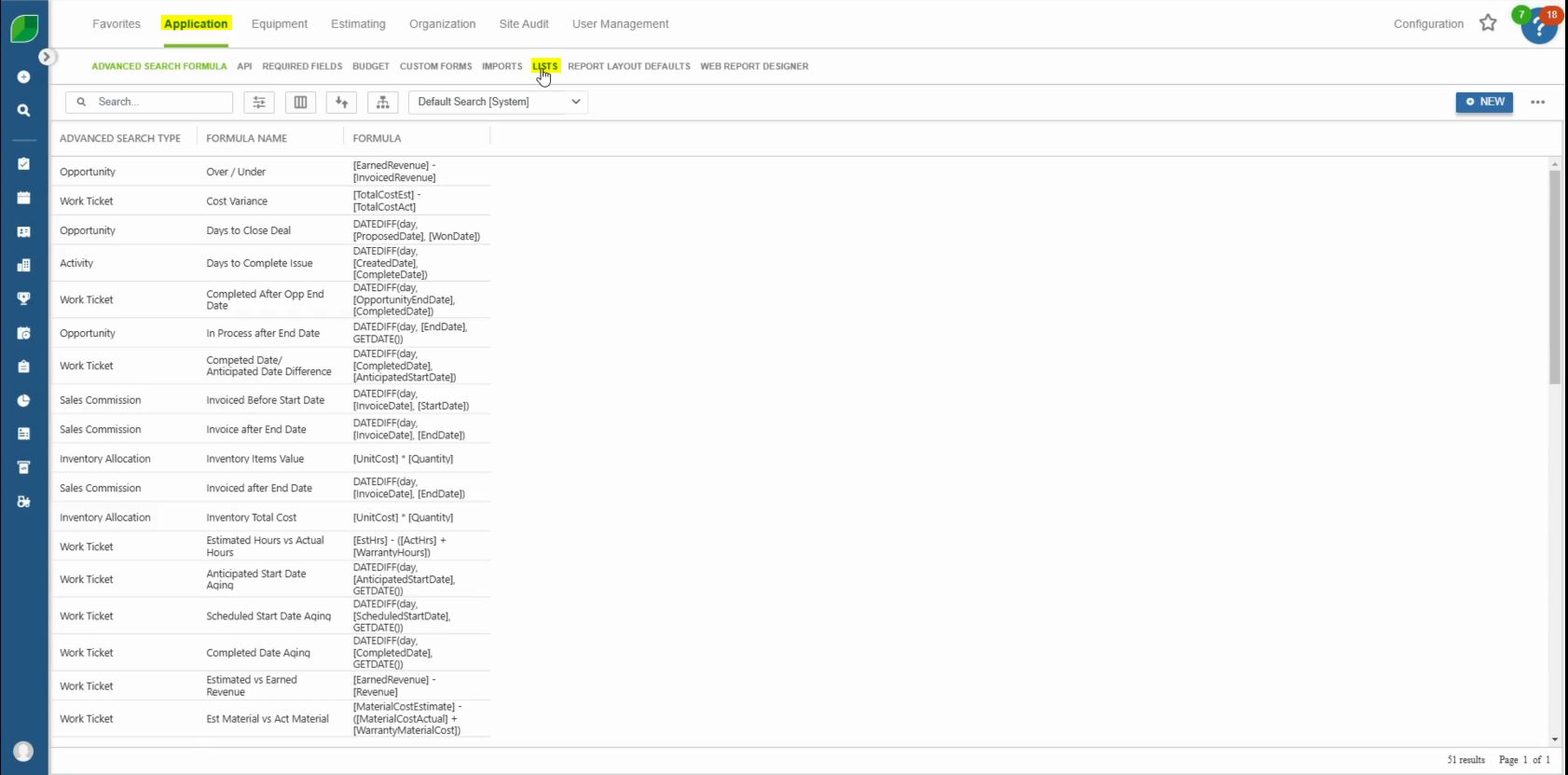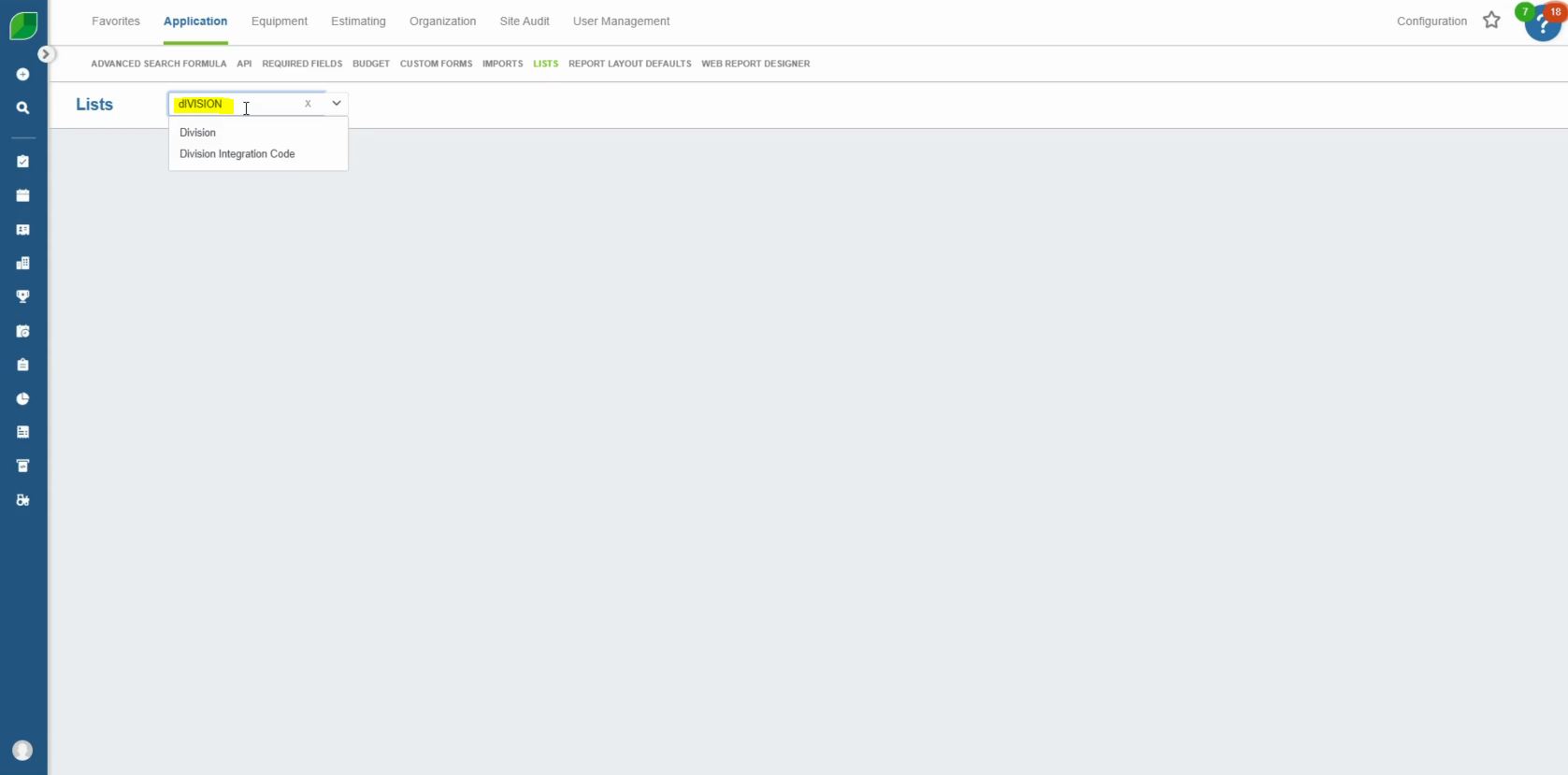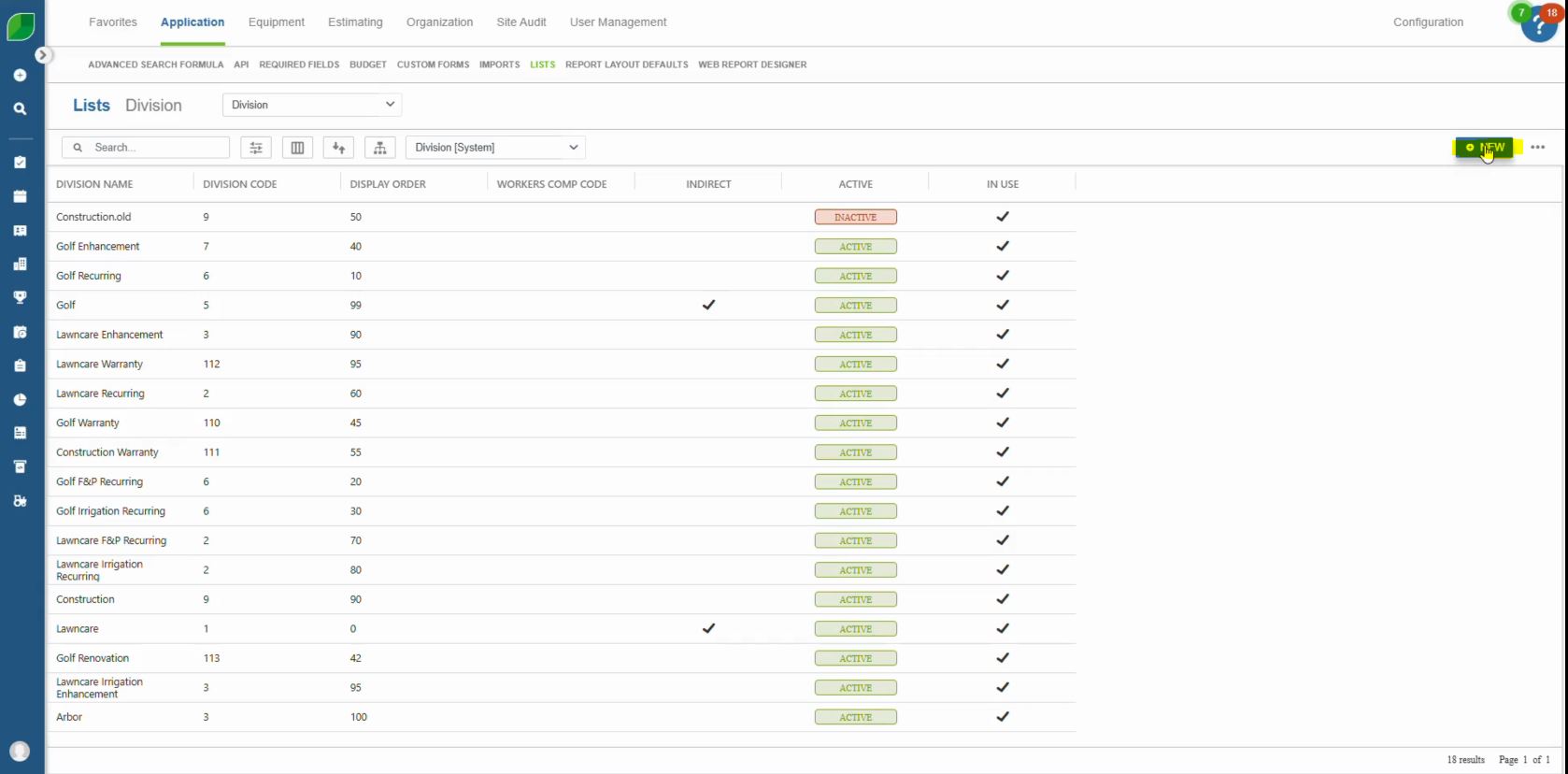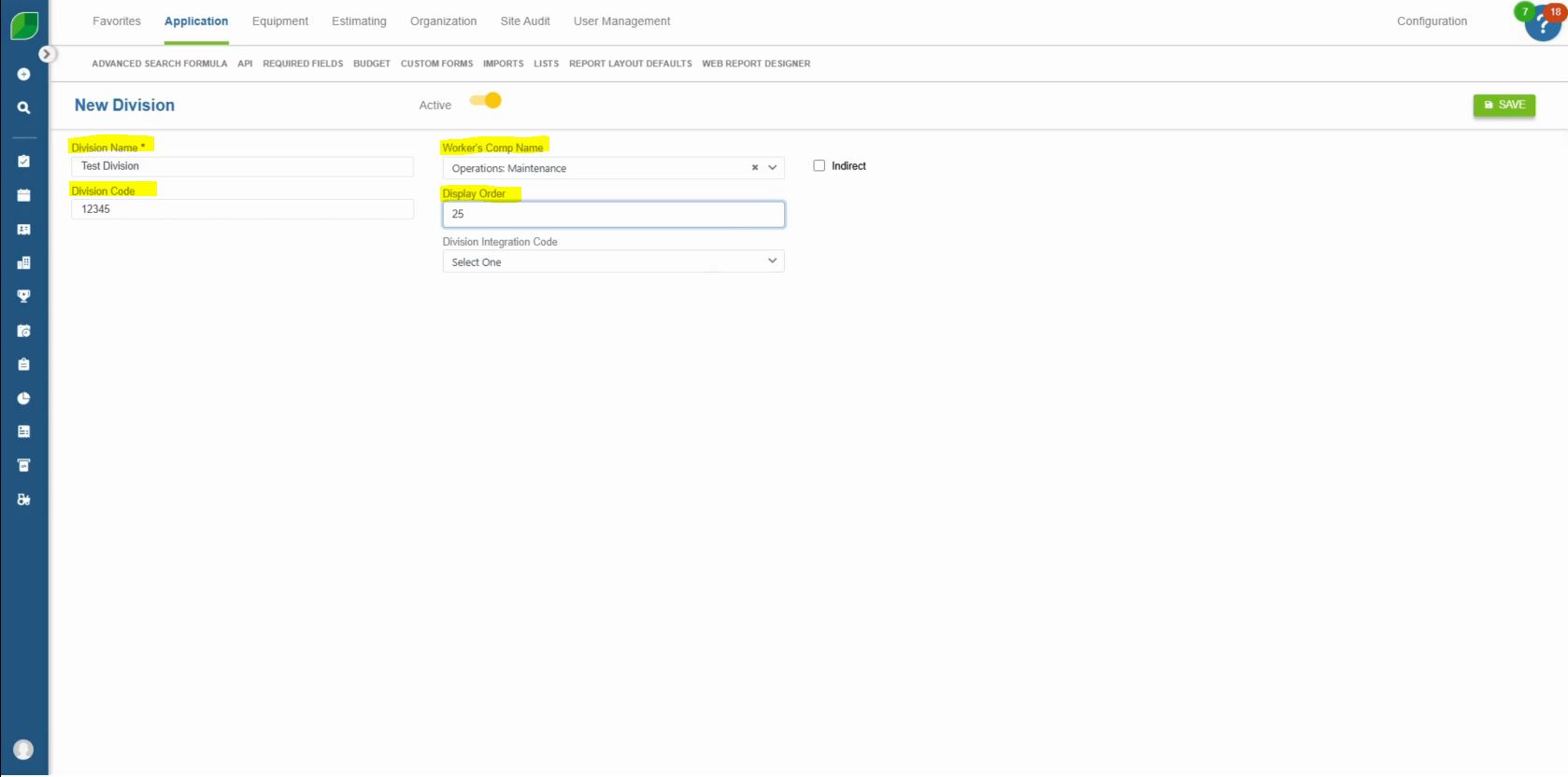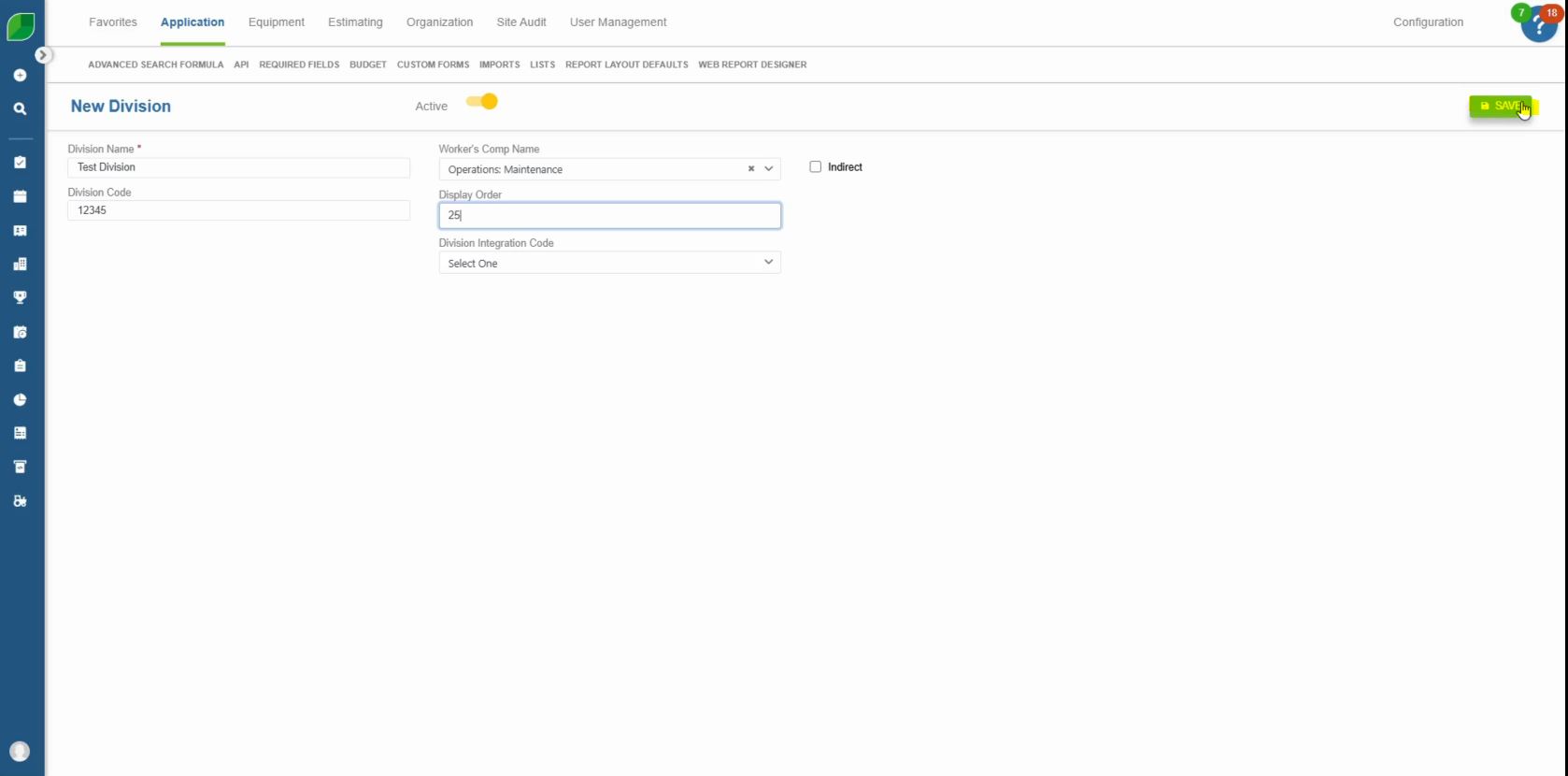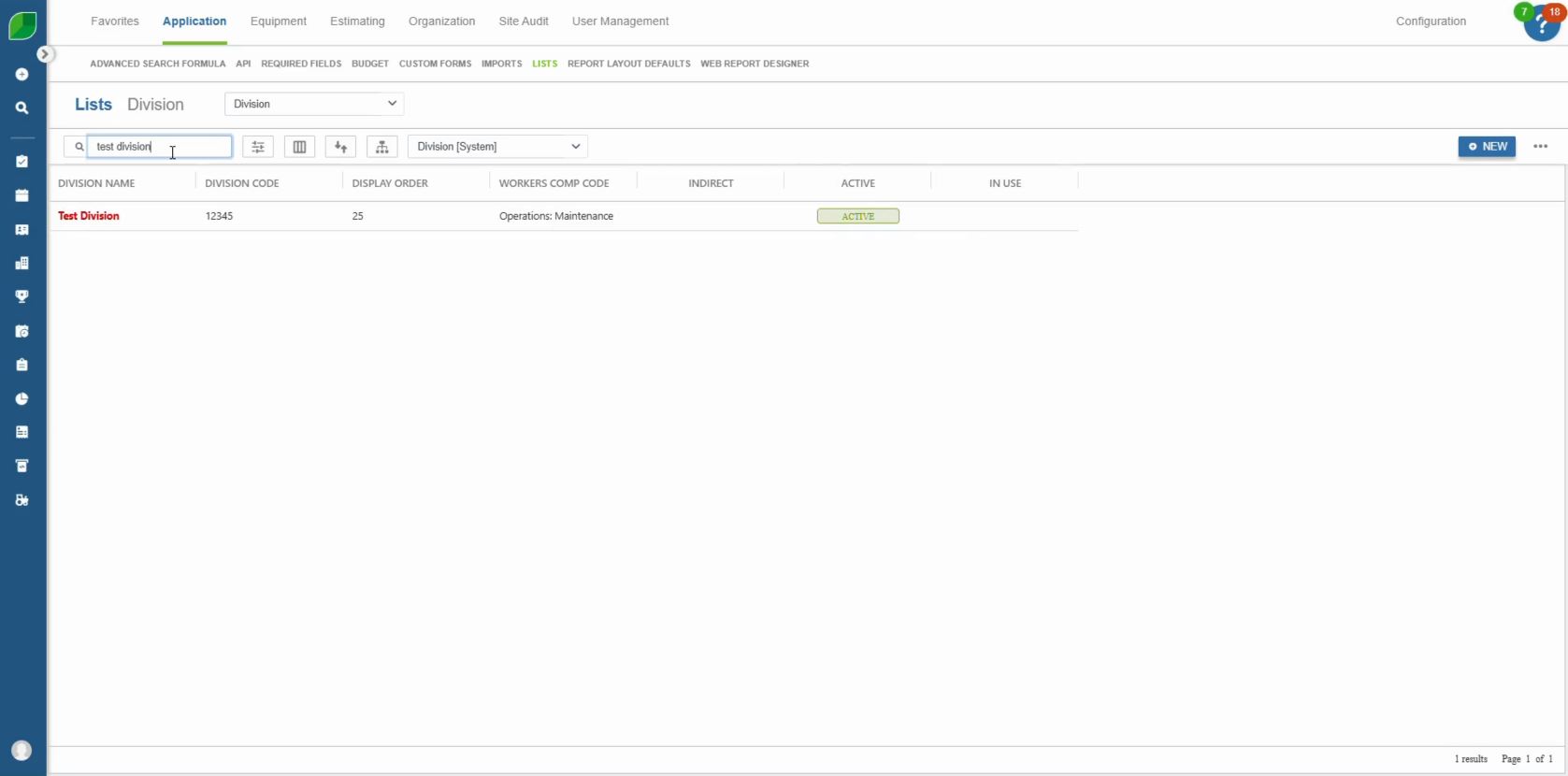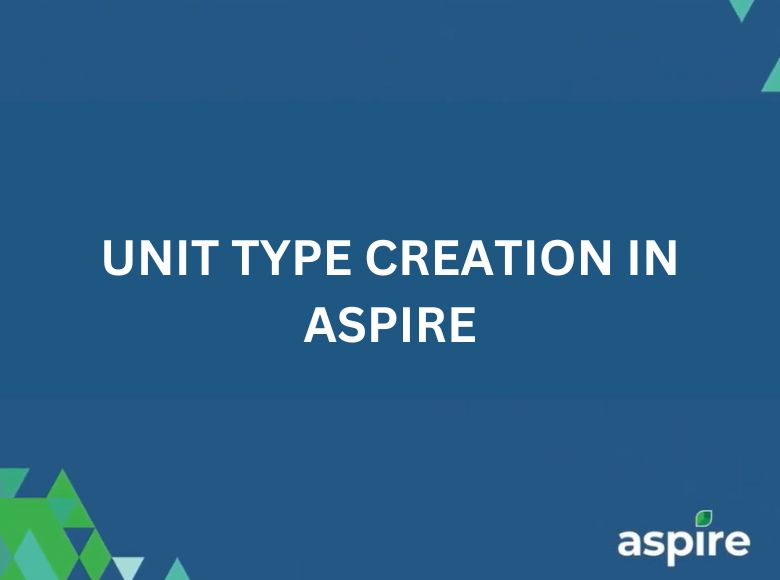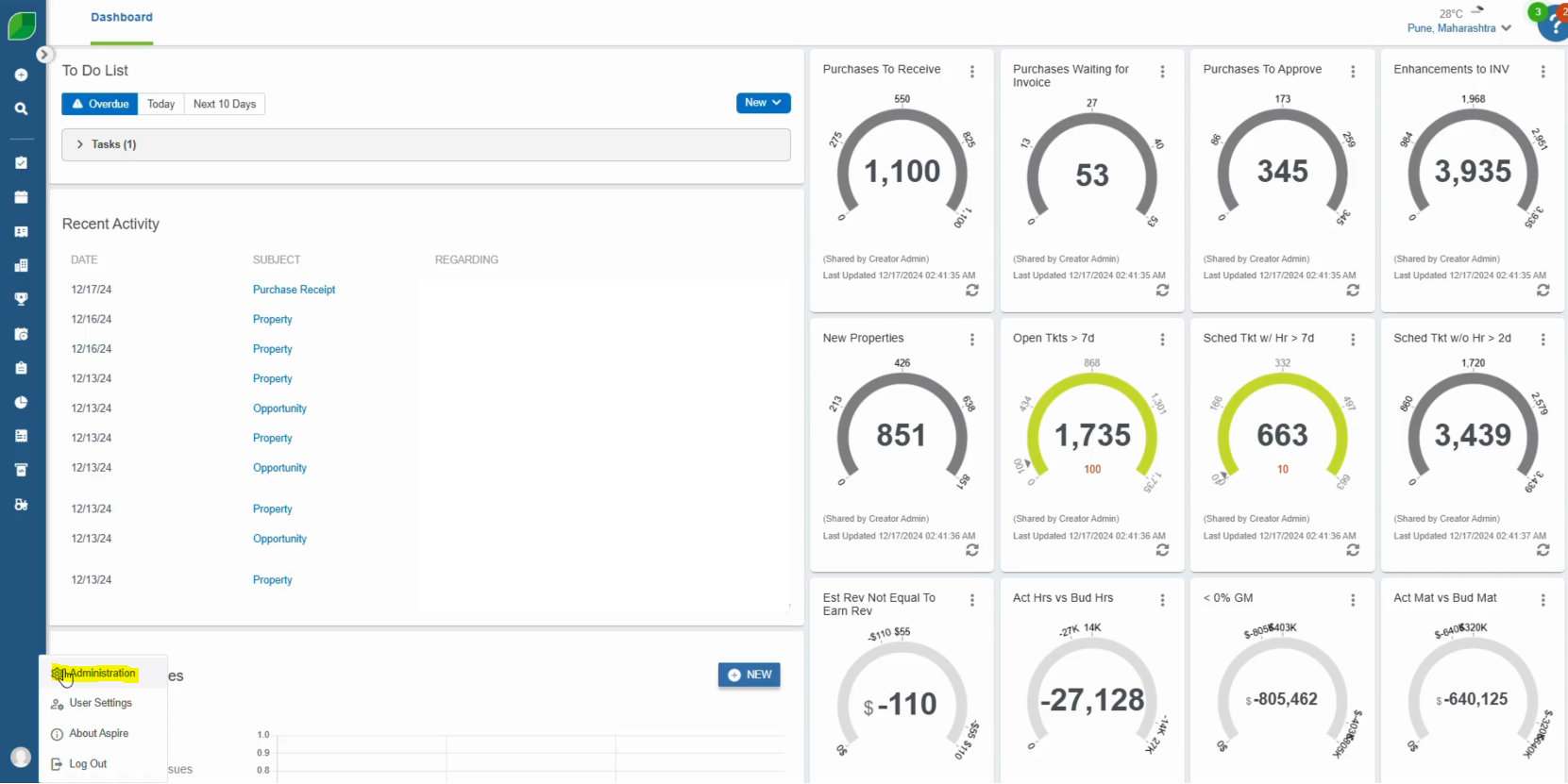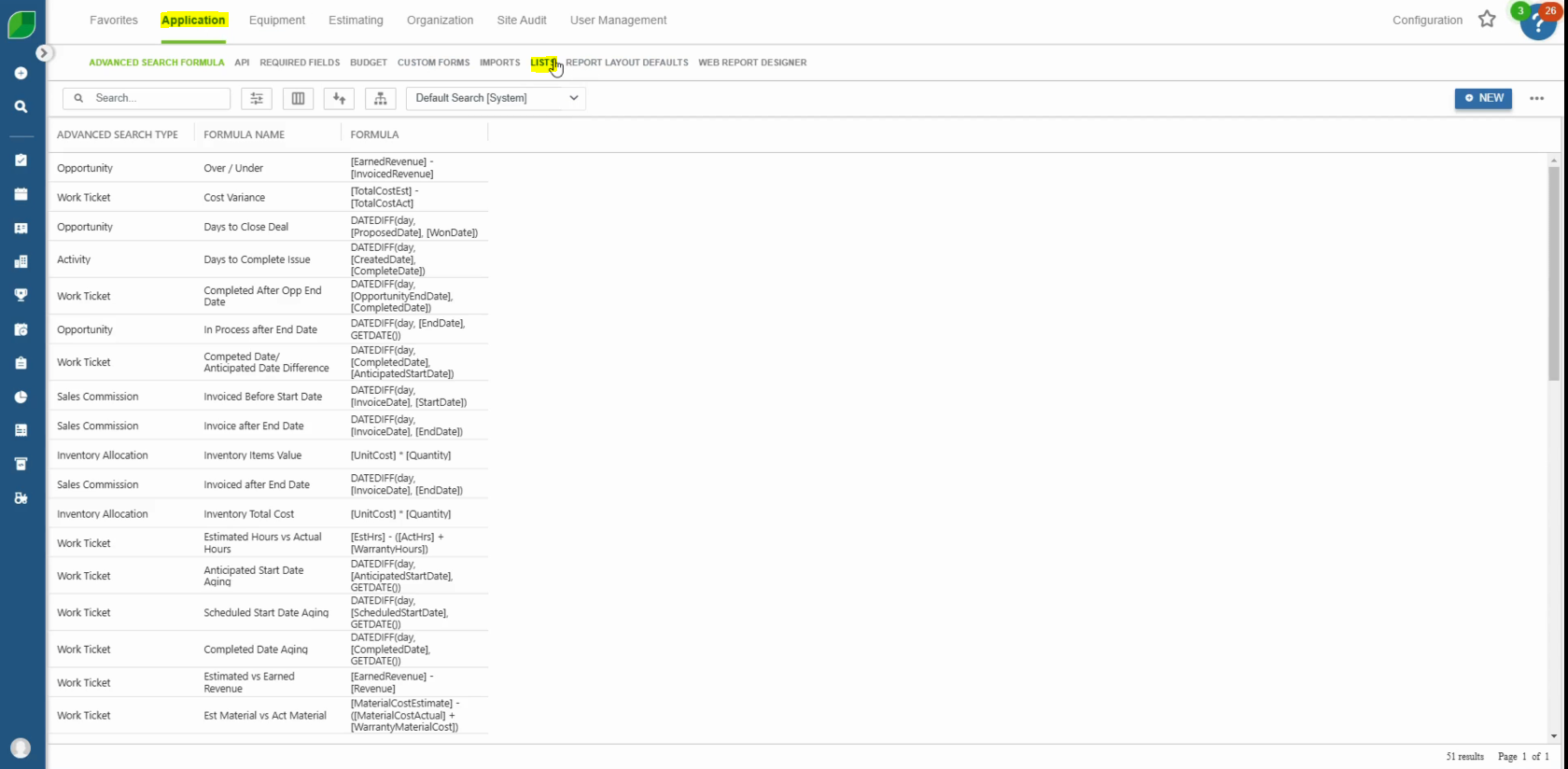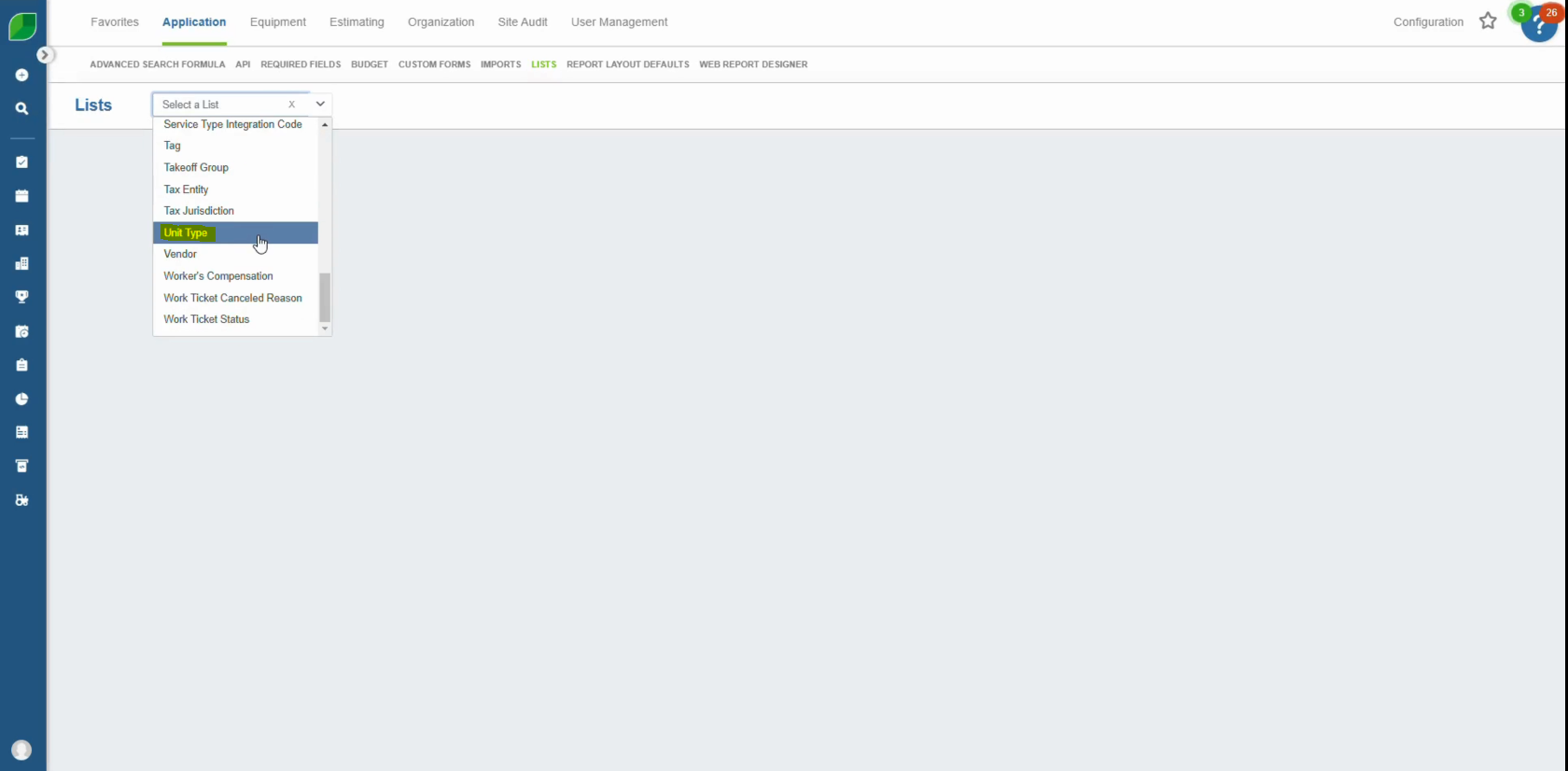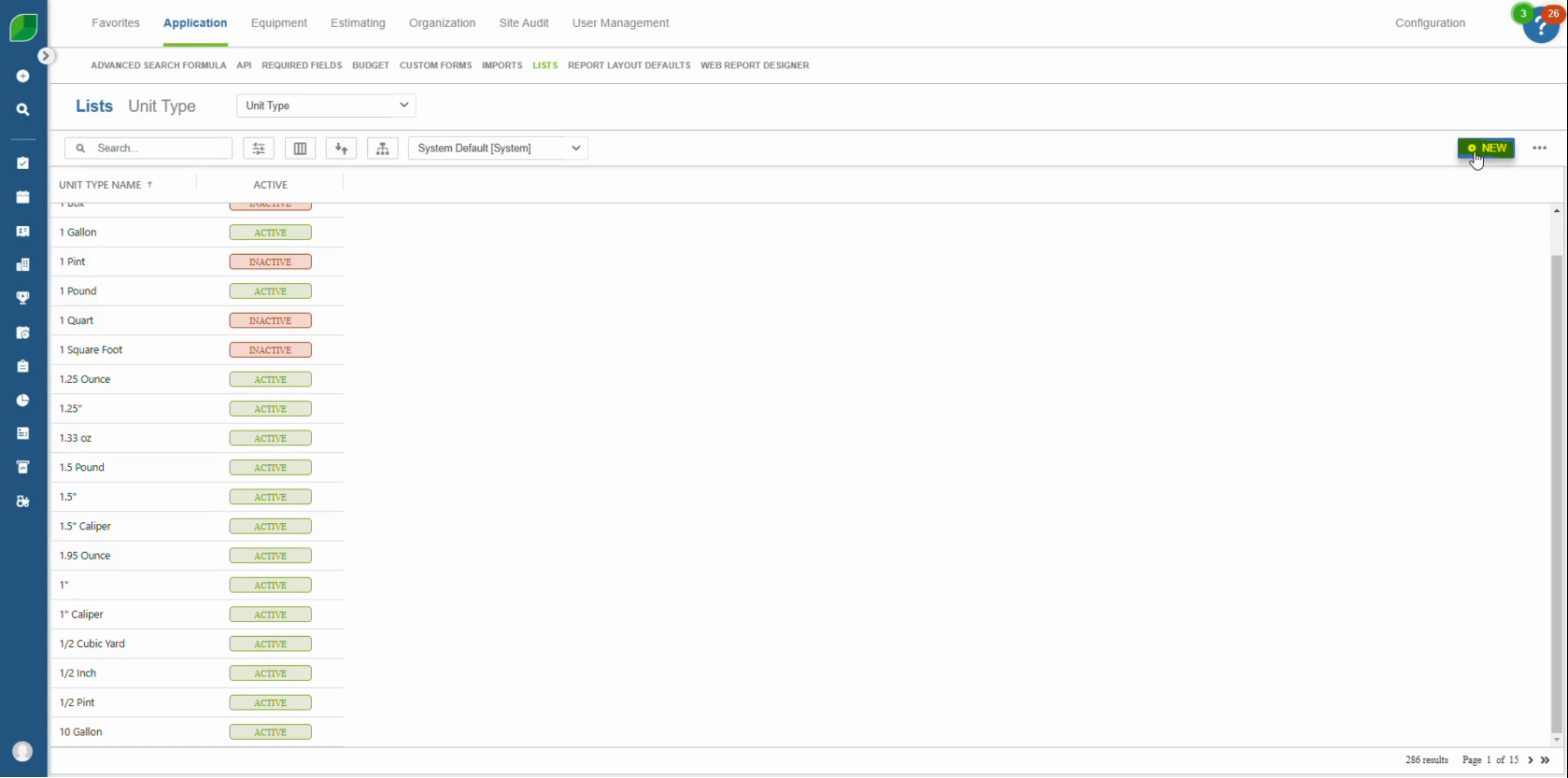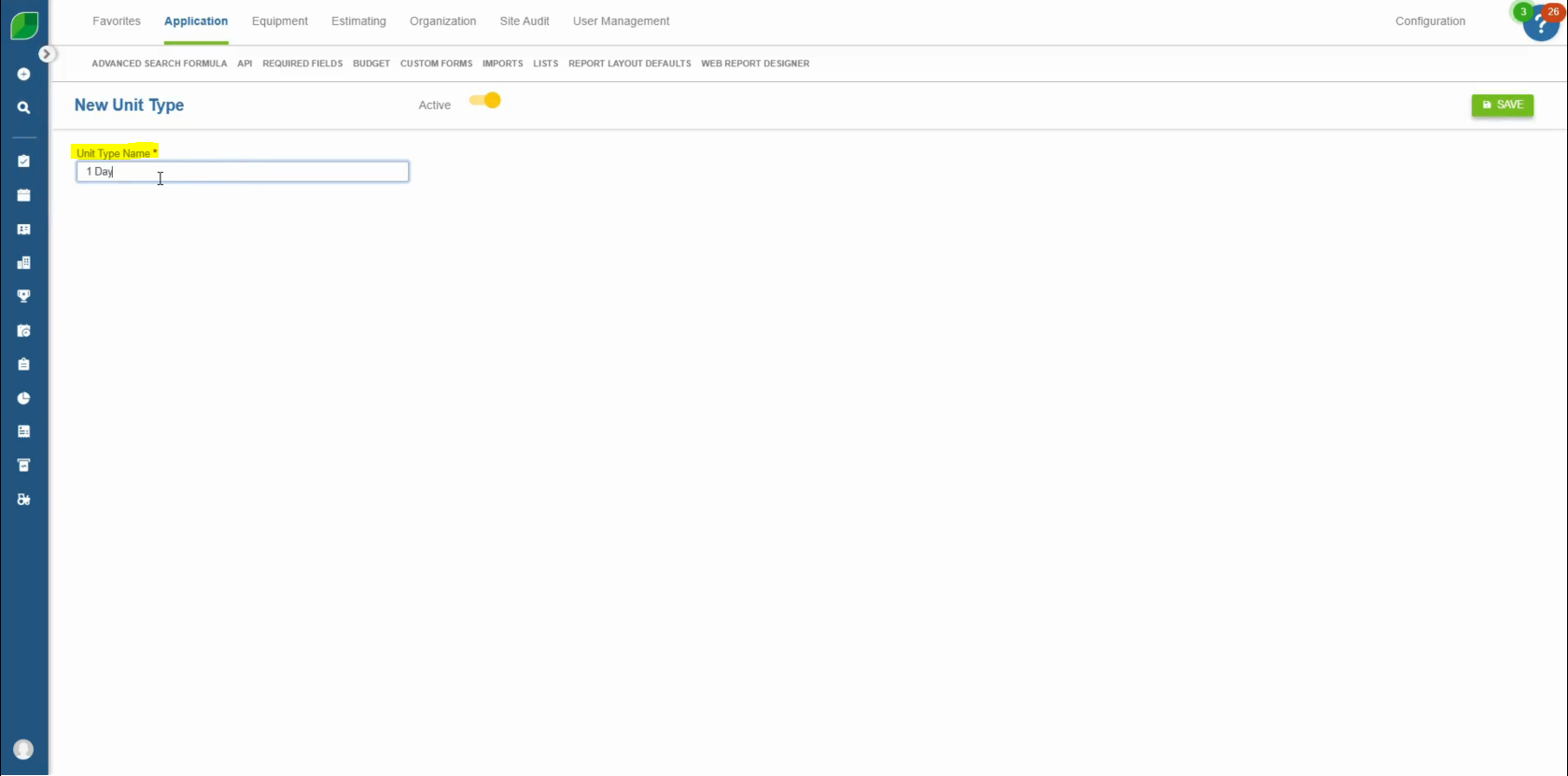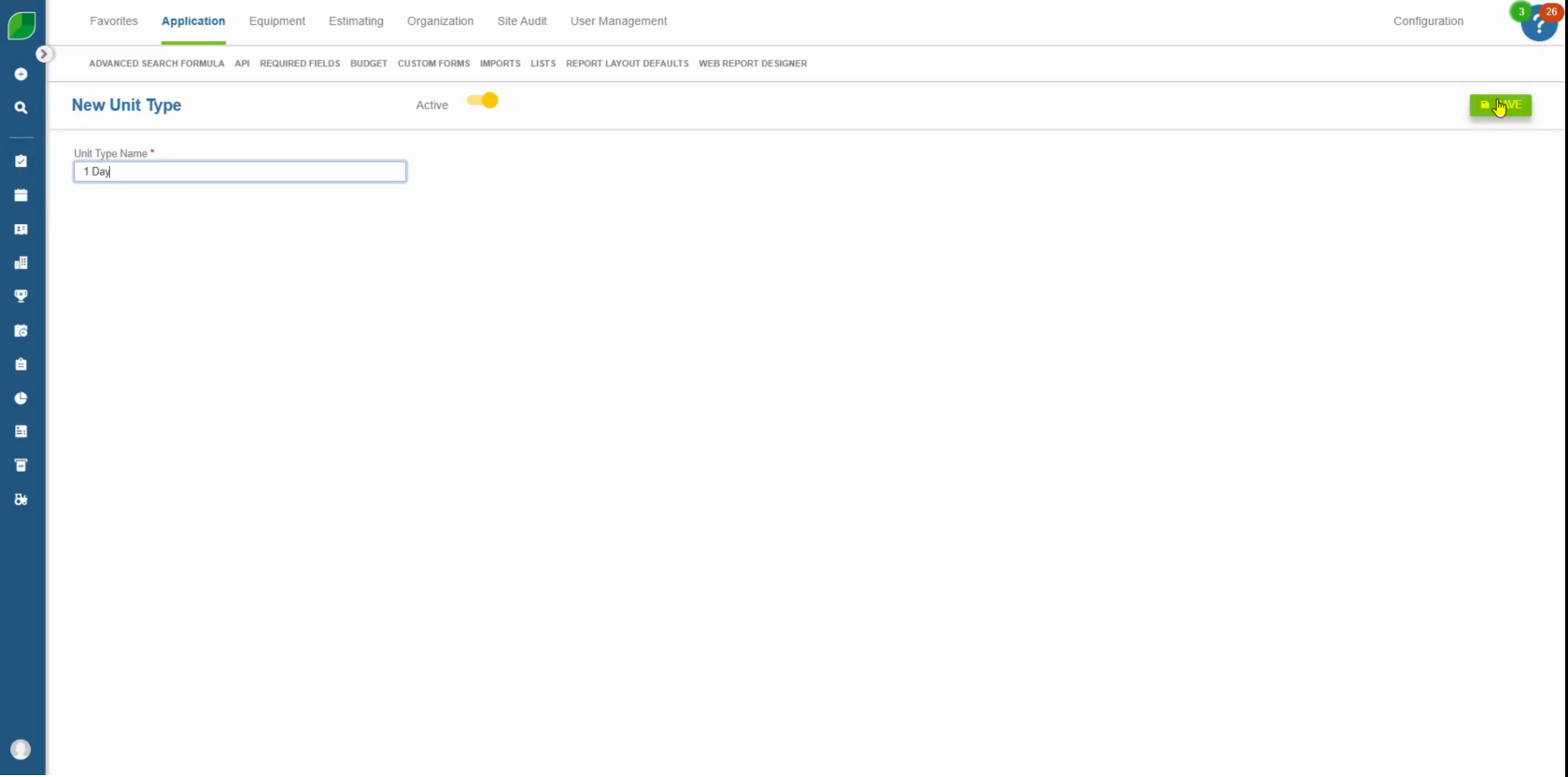Bank reconciliation is a vital financial process that ensures a company’s financial records align with its bank statements. By regularly reconciling accounts, businesses can detect discrepancies, prevent fraud, and maintain accurate financial records. This guide outlines the essential steps to perform a thorough and effective bank reconciliation.
Step 1: Gather Necessary Information and Documents
Before beginning the bank reconciliation process, ensure you have access to all the required information and documents. This preparation is crucial for a smooth and accurate reconciliation.
1. Obtain Bank Statement
Access the bank statement for the period you are reconciling, typically through the bank’s online portal or received by mail. Ensure it covers the full period (usually a month) and includes all transactions (deposits, withdrawals, fees, etc.).
- Electronic Access: If the bank statement is accessed electronically, download and save a PDF or CSV file for easy reference and documentation.
- Login Credentials: Ensure you have login credentials for the bank’s online portal to retrieve statements and verify transactions in real-time if needed.
2. Access to General Ledger
Access the company’s accounting software where the general ledger (GL) is maintained. The GL contains all financial transactions recorded by the company during the reconciliation period.
- Relevant Cash Accounts: Ensure you can view the specific cash or bank accounts in the ledger that correspond to the bank statement.
- Accounting Software: Confirm that you have full access to the accounting software, including the ability to view, enter, and edit transactions if necessary.
3. Obtain Check Register and Payment Records
Access the check register, which lists all checks issued during the period. This includes both checks that have cleared the bank and those that are still outstanding.
Payment Records:
Gather any records of electronic payments, wire transfers, or other disbursements that may not be recorded in the check register but are included in the bank statement.
4. Collect Deposit Slips and Receipts
Gather all deposit slips or records of deposits made into the bank account during the reconciliation period. These records should include the date, amount, and source of the deposits.
Receipts and Invoices:
Collect any receipts or invoices that correspond to transactions recorded in the bank statement, particularly for large or unusual transactions.
5. Access to Payroll Records
If payroll transactions are part of the reconciliation, access the payroll records for the period. This includes wage payments, tax withholdings, and any deductions that were processed through the bank account.
6. Obtain Prior Period Reconciliation
Obtain the bank reconciliation report from the previous period. Review any outstanding items (such as checks or deposits) that were carried over to ensure they are correctly accounted for in the current period.
Opening Balances:
Verify that the opening balance on the bank statement matches the closing balance from the prior reconciliation. Any discrepancies should be identified and resolved before proceeding.
7. Review Access to Other Relevant Systems
If your company uses an Enterprise Resource Planning (ERP) system or Customer Relationship Management (CRM) system that integrates with the accounting software, ensure you have access to these systems. This is particularly important for tracking customer payments or large transactions.
User Permissions:
Confirm that you have the appropriate user permissions to make adjustments or corrections in the accounting software if discrepancies are found.
8. Prepare Documentation for Record Keeping
Prepare any templates or forms you will use to document the reconciliation process, including discrepancy logs, adjustment records, and the final reconciliation report.
Filing System:
Set up an organized filing system (digital or physical) to store all documents related to the reconciliation process. This ensures easy access for future reference or audits.
Step 2: Compare the Opening Balances
Ensure that the opening balance on the bank statement matches the opening balance in the company’s general ledger. Any discrepancies should be investigated and resolved before proceeding with the reconciliation.
Step 3: Match Deposits
Check deposits in the bank statement: Compare each deposit listed on the bank statement to the deposits recorded in the general ledger.
Identify Discrepancies:
Look for deposits that are missing from the bank statement or the ledger. Common discrepancies might include:
- Deposits in Transit: Deposits made by the company that have not yet cleared the bank by the statement date.
- Recording Errors: Deposits recorded in the ledger for the wrong amount or on the wrong date.
Step 4: Match Withdrawals and Payments
Compare withdrawals: Match every withdrawal on the bank statement with the corresponding entry in the company’s ledger. This includes checks, electronic transfers, ATM withdrawals, and any bank fees.
Review Outstanding Checks:
Identify checks that have been recorded in the ledger but have not yet cleared the bank (outstanding checks).
Adjust for Timing Differences:
Recognize that some payments may have been recorded in the ledger but not yet processed by the bank, or vice versa.
Step 5: Account for Bank Charges and Interest
Identify bank fees: Banks may charge fees for services, which might not have been recorded in the company’s ledger. These fees need to be accounted for during the reconciliation.
Record Interest Income:
If the bank account earns interest, ensure that any interest income has been recorded in the company’s ledger.
Adjust Ledger:
Make the necessary entries in the general ledger to account for any bank charges or interest income that was not previously recorded.
Step 6: Investigate and Resolve Discrepancies
Identify unmatched transactions: If there are transactions on the bank statement that are not recorded in the ledger or vice versa, investigate the cause.
Correct Errors:
Errors might include double entries, omissions, or recording transactions under the wrong date or amount. Make corrections as necessary in the general ledger.
Communicate Issues:
If discrepancies cannot be resolved internally, it may be necessary to contact the bank for clarification or further information.
Step 7: Calculate the Adjusted Balances
Adjust the bank statement balance: Add deposits in transit and subtract outstanding checks from the bank statement balance to calculate the adjusted bank balance.
Adjust the General Ledger Balance:
Make any necessary adjustments for bank charges, interest, or errors in the ledger to calculate the adjusted ledger balance.
Compare Adjusted Balances:
The adjusted bank balance and the adjusted general ledger balance should now match. If they do not, further investigation is needed to identify and resolve the remaining discrepancies.
Step 8: Document the Reconciliation
Prepare a reconciliation report: Document all adjustments made to both the bank statement and the ledger, including detailed explanations for each adjustment.
Attach Supporting Documentation:
Include copies of the bank statement, the ledger, and any other documentation that supports the reconciliation.
Review and Approval:
Have the reconciliation reviewed and approved by a supervisor or another designated individual within the organization, as part of the internal control process.
Step 9: Record Final Adjustments
Journal entries: Record any necessary journal entries in the company’s accounting system to reflect the adjustments made during the reconciliation process.
Update Records:
Ensure that the general ledger is updated with the final reconciled balance, which will carry forward into the next period’s reconciliation.
Step 10: Maintain Records
File the reconciliation report: Store the reconciliation report and supporting documents in a secure location, either electronically or in physical files, as required by company policy or regulatory guidelines.
Compliance and Audit:
Be prepared to provide the reconciliation documentation for internal or external audits, as part of the company’s compliance and financial reporting processes.
Objectives of Bank Reconciliation
- Ensure Accuracy: The primary goal is to ensure that the company’s financial records accurately reflect its bank transactions.
- Identify Errors and Fraud: Reconciliation helps to detect and correct errors, as well as identify any unauthorized transactions that could indicate fraud.
- Maintain Cash Flow Visibility: Accurate reconciliations provide management with a clear picture of the company’s cash position, enabling better financial decision-making.
- Compliance: Regular reconciliations are a key component of financial control, supporting compliance with accounting standards and regulatory requirements.
